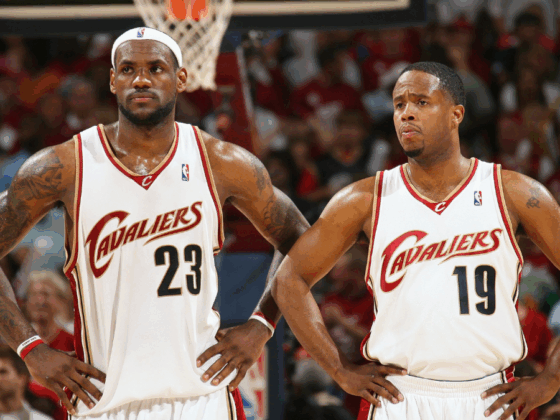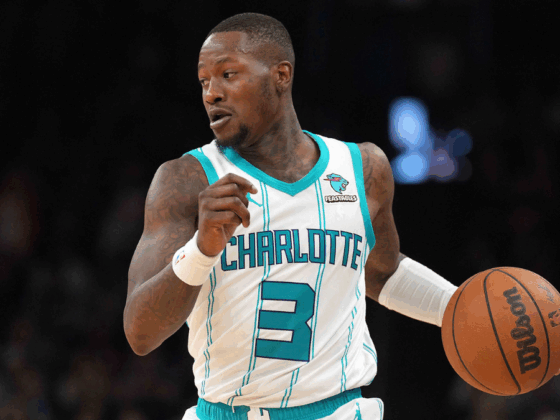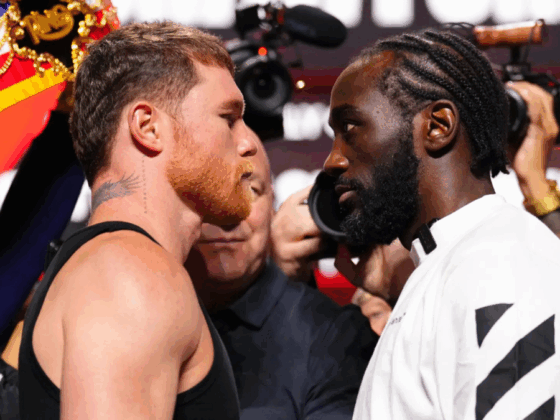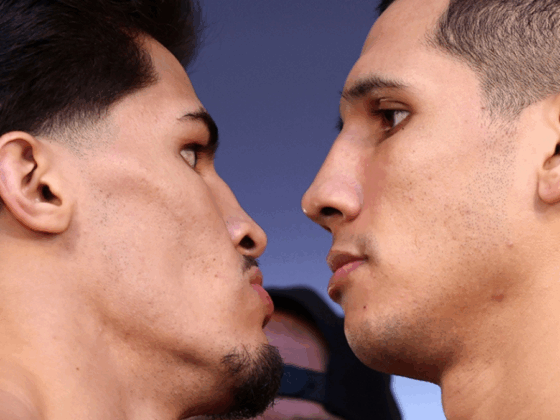
The NBA can be broken down into three tiers. The lowest are the teams bad enough to create thoughts of tanking for draft picks or whose focus is primarily on the growth and development of young players in order to look forward to a brighter future. The second tier is playoff or near-playoff teams, jostling for position and hoping to create the perfect opportunity to make a run at a championship. The third tier consists of the Golden State Warriors, the juggernauts dominating the league and daring anyone to come and claim their crown.
Within that second tier, however, is a subsection that has long been synonymous with purgatory in NBA circles. Mediocre teams not bad enough to tank and get impact players in the draft but not good enough to have a guaranteed playoff spot or a realistic shot of advancing deep into the postseason.
Over the last few seasons, perhaps no team has been the poster child of this group than the Portland Trail Blazers. Since losing LaMarcus Aldridge in free agency, the Blazers have gone 44-38, 41-41 and, currently, 21-18. They have effectively been a .500 team, alternating between months of domination and months of disappointment throughout the regular season. If it were not for multiple major injuries to the Los Angeles Clippers, they would have been a first-round out the previous two seasons.
Amidst all this mediocrity, the need for a scapegoat has arisen and Terry Stotts seems to be on the hot seat. Now in his sixth season at the helm, Stotts has guided them through a quick retooling into being a 50-win team before the roster was torn apart. Through it all, Stotts has navigated this team to the playoffs in all but one of his full seasons in control, a level of consistency that not many teams can achieve, all while there has been substantial roster turnover.
Stotts’ first playoff team had a starting five consisting of Damian Lillard, Wesley Matthews, Nicolas Batum, LaMarcus Aldridge and Robin Lopez. Two years later, Aldridge left and Blazers General Manager Neil Olshey blew up the team, sticking with Lillard and the intriguing guard C.J. McCollum as the building blocks of the future.
In many ways, that gamble has paid off. Matthews has never fully recovered to being the pesty defender and knock-down shooter he used to be since tearing his Achilles. Batum has been ravaged by injuries of his own and his monster contract with the Hornets looks to be among the worst in the league.
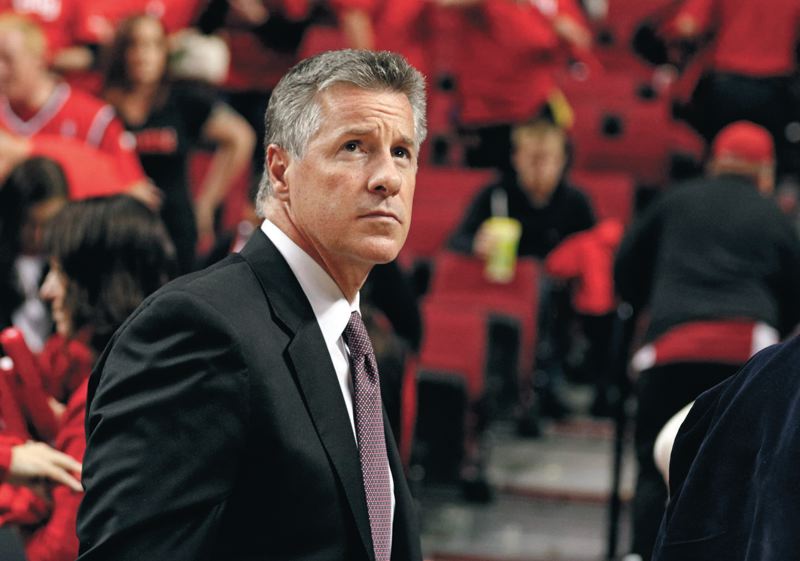
The decision to strip the team down, in hindsight, looks like the right one from Olshey. But their attempts at rebuilding on the fly have been anything but smooth. The Blazers may be in purgatory when it comes to their record but their financial situation is strictly in hell. They are spending 50 million dollars a year on their star backcourt and spending an additional nearly 50 million dollars on the trio of Evan Turner, Maurice Harkless and Meyers Leonard. They had to trade Allen Crabbe’s four-year $75 million for a smaller contract that could be waived and stretched — the Blazers have a cap hit of nearly $3 million for the next seven years as a result.
The roster construction of the Blazers is the real issue here. Lillard and McCollum, while both immensely talented and All-Star level players, offer the same skillset and the same limitations in the backcourt. Both are great shooters who often struggle to finish at the rim, are decent playmakers, but look to get their shots first, and are undersized and limited defensively. The Blazers invested a ton of capital in rolling with that duo but they are seeing the consequences through their inability to build around them.
Nevertheless, Stotts has been able to get the most out of this roster. Despite the lack of truly impactful defenders, the Blazers have only allowed 104.6 points per 100 possessions, the third best mark in the league per Basketball-Reference, perhaps a sign that Stotts has been able to get his team to buy into a team mentality despite the clear hierarchy on the offensive end of the floor.
The offense has been surprisingly poor, ranking 24th out of 30 teams, but that’s again a consequence of roster construction with so much of the playmaking and scoring burdens placed on Lillard and McCollum. Turner was supposed to be their escape valve in that regard, with a funky passing game that made him a fan favorite in Boston. But this season, Turner is only averaging 8.5 points and 2.4 assists in 27 minutes per game.
Too many of the Blazers’ possessions end with Lillard and McCollum throwing up a contested prayer after limited movement and passing. Portland only attempts 270 passes per game, the third fewest in the league ahead of only the Rockets and Thunder. They average the fewest secondary assists (otherwise known as hockey assists) at only 1.9 and the fewest potential assists at only 39.3 per game. Watching any Blazers game this season makes that issue obvious:
Some of this is on Stotts and his offense, but it’s unfair to pin all the blame on the head coach given the players he’s been given. Pairing Lillard and McCollum with Al-Farouq Aminu, Turner, and Jusuf Nurkic, as is the case in the previous clip, does not give the backcourt any offensive help. Neither of those three players can create for others consistently. Turner and Nurkic can’t shoot. Aminu, despite being a 40 percent three-point shooter this season, negatively affects the Blazers’ spacing because teams still opt not to guard him out to the perimeter. When they close out on him, Aminu is not adept at putting the ball on the floor to attack the rim.
Blazers players have stood up for Stotts, recently. It’s clear the head coach hasn’t lost his team. But it’s also clear that the Blazers need some sort of shot in the arm, some change that can either launch them into the Western Conference elite or drop them deep in the standings where they can have a fresh start.
As it stands, they are going to find it difficult to improve from their current position anytime soon. And that is not Terry Stotts’ fault.

